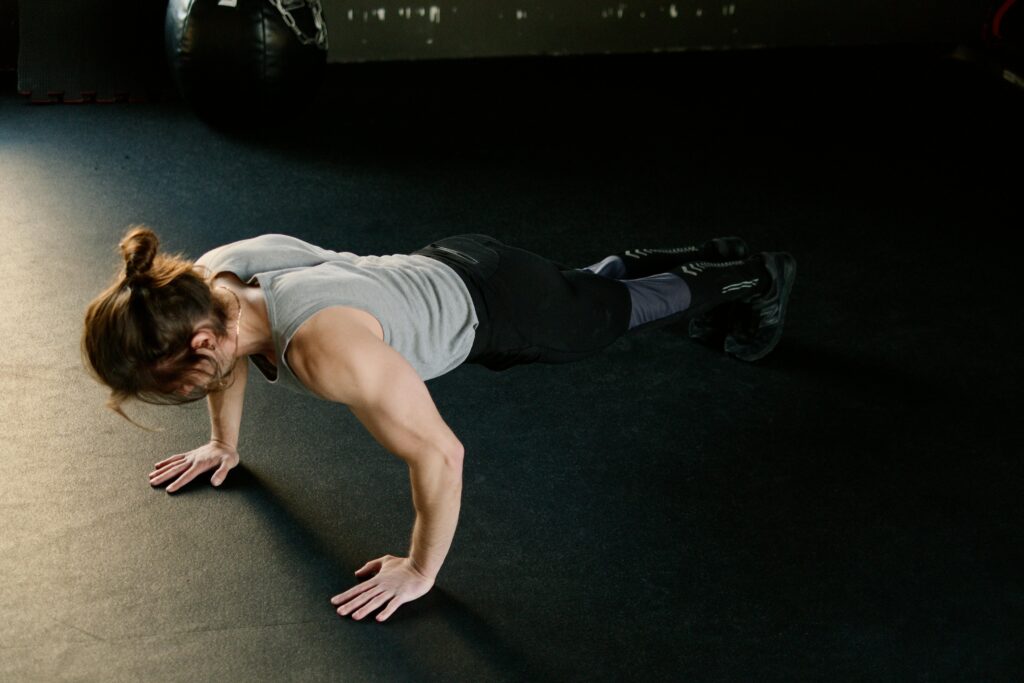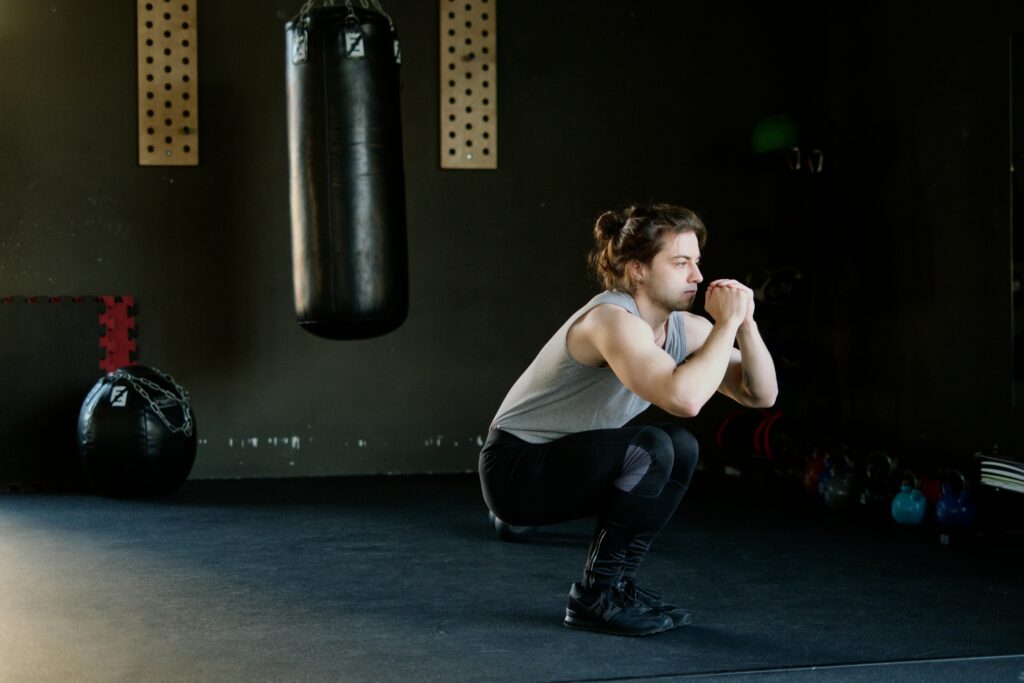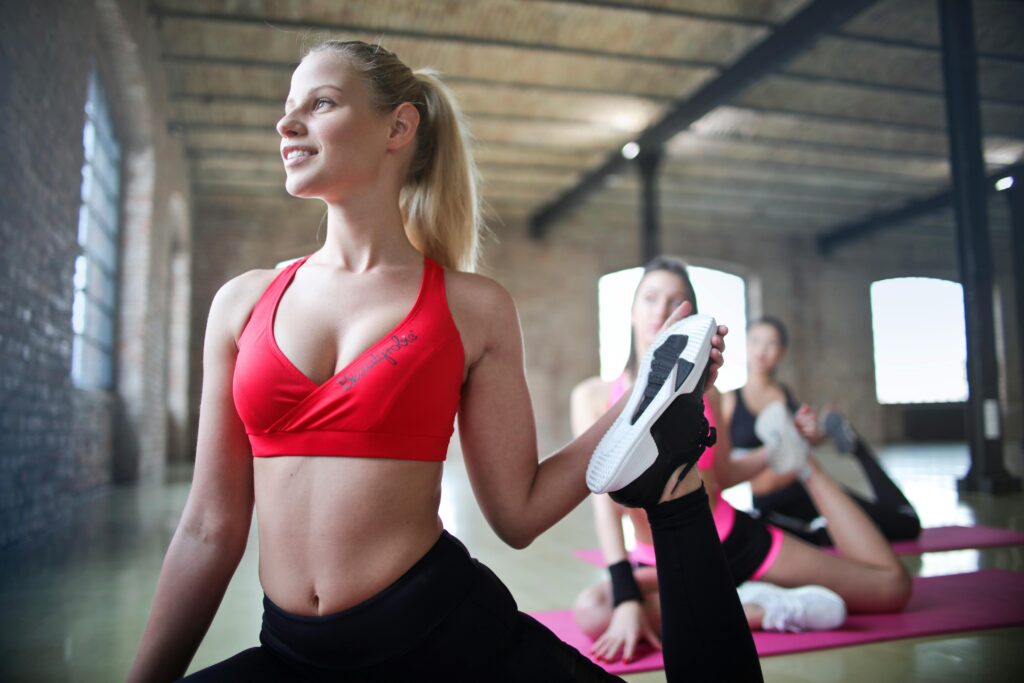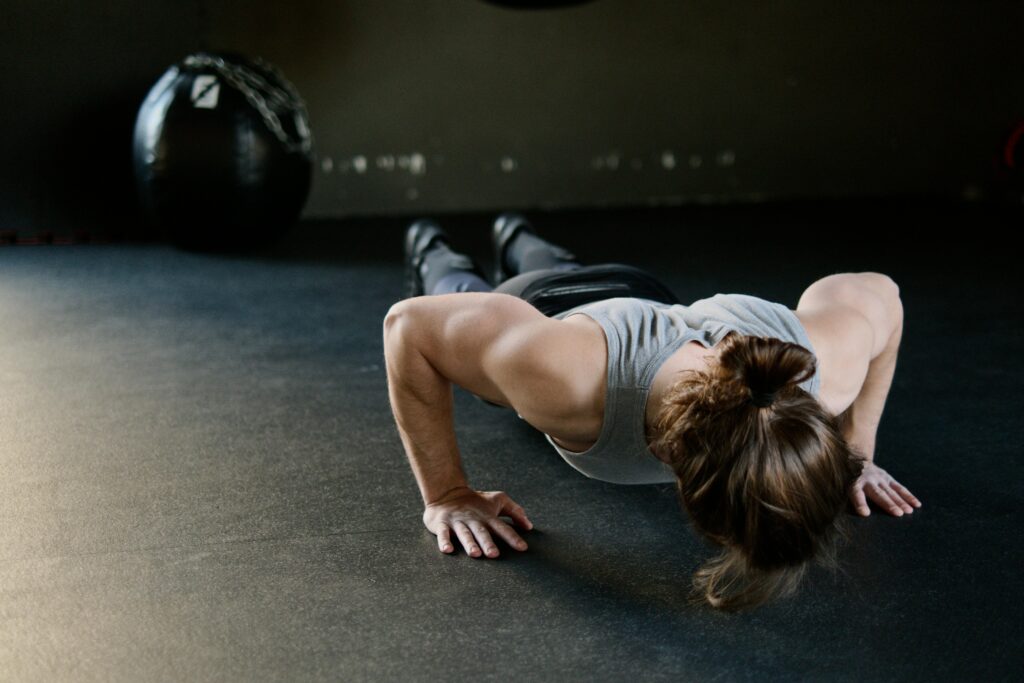Calisthenics or Pilates: Which is Right for You?
Welcome to Body Weight Beast! Today, we’re diving into a common fitness question: Calisthenics or Pilates? Both offer unique benefits, but which one aligns best with your fitness goals? Let’s break down the differences, benefits, and which exercises might suit your lifestyle and needs.

What is Calisthenics?
Calisthenics is a form of strength training that uses your body weight as resistance. Exercises like pull-ups, push-ups, squats, and lunges define calisthenics workouts, and they can be done anywhere. Whether you’re looking to build muscle, increase endurance, or improve functional fitness, calisthenics delivers it all without needing gym equipment.
Benefits of Calisthenics
- Builds Functional Strength: Calisthenics exercises mimic real-life movements, building practical strength.
- Improves Mobility and Flexibility: Bodyweight exercises help improve joint mobility and balance.
- Cost-Effective: You don’t need to invest in much equipment for a great calisthenics workout.
- Adaptable for All Levels: Exercises can be modified to suit beginners or advanced athletes.
What is Calisthenics?
Calisthenics is a form of strength training that uses your body weight as resistance. Exercises like pull-ups, push-ups, squats, and lunges define calisthenics workouts, and they can be done anywhere. Whether you’re looking to build muscle, increase endurance, or improve functional fitness, calisthenics delivers it all without needing gym equipment.
Benefits of Calisthenics
- Builds Functional Strength: Calisthenics exercises mimic real-life movements, building practical strength.
- Improves Mobility and Flexibility: Bodyweight exercises help improve joint mobility and balance.
- Cost-Effective: You don’t need to invest in much equipment for a great calisthenics workout.
- Adaptable for All Levels: Exercises can be modified to suit beginners or advanced athletes.

What is Pilates?
Pilates focuses on controlled movements and core strength, combining flexibility, endurance, and breathing. Developed by Joseph Pilates in the early 20th century, it’s a favorite among those looking to improve posture, muscle endurance, and flexibility. Pilates can be done on a mat or with equipment like reformers, depending on your level and goals.
Benefits of Pilates
- Core-Centered Workouts: Almost every Pilates move targets your core muscles, especially the deep abdominal muscles.
- Improves Flexibility and Balance: Pilates focuses on full-body coordination and control, which enhances balance.
- Posture Improvement: Pilates movements emphasize alignment, making it a popular choice for people with back pain.
- Low-Impact Exercise: Pilates offers a gentle workout suitable for various fitness levels, including those recovering from injury.
Calisthenics vs. Pilates: Key Differences
Goal: Calisthenics focuses on muscle strength and functional fitness; Pilates centers on core strength, flexibility, and control.
Equipment: Calisthenics requires minimal gear (bands, bars); Pilates often needs a mat and, optionally, a reformer.
Impact: Calisthenics can be high-impact and intense, while Pilates is low-impact and joint-friendly.
Best For: Calisthenics suits those aiming for muscle and endurance; Pilates is ideal for flexibility, posture, and core strength.
Intensity: Calisthenics is versatile, from moderate to intense; Pilates is generally lower-intensity, with a focus on controlled movements.
Both methods offer unique benefits—whether you’re drawn to the strength of calisthenics or the balance and flexibility of Pilates.

Choosing Calisthenics or Pilates Based on Your Goals
For Building Strength and Muscle
If your goal is to build strength, calisthenics may be the better option. Exercises like push-ups, pull-ups, and squats develop the major muscle groups and can be tailored to increase difficulty. Advanced moves, such as muscle-ups or handstands, provide added challenges.
For Core Strength and Stability
Both calisthenics and Pilates target core muscles, but Pilates is specifically designed to activate deep core muscles. Pilates moves, like the “hundred” and leg circles, are effective at targeting the abdominal area without straining your back. If core strength is your main focus, Pilates might be the right choice.
For Functional and Full-Body Fitness
Calisthenics exercises offer a full-body workout that incorporates compound movements, training multiple muscle groups at once. For example, lunges, squats, and push-ups improve functional strength useful for daily activities. So if you want a fitness regime that enhances real-life movements, calisthenics has an edge.
For Improving Flexibility and Posture
Pilates takes a slight lead in flexibility and posture training. Pilates exercises are structured to improve posture and align the spine, making it an excellent choice for those with desk jobs or back pain. Movements are controlled and gentle, increasing flexibility gradually.
Sample Calisthenics Workout for Beginners
Here’s a quick routine for beginners looking to try calisthenics. Complete each exercise for 10–15 reps, resting for 30 seconds between sets.
- Push-Ups: Start in a plank position and lower yourself to the floor, then push up. Builds chest, shoulder, and tricep strength.
- Bodyweight Squats: Stand with feet hip-width apart, lower into a squat, and return to standing. Strengthens the quads, hamstrings, and glutes.
- Plank: Hold a plank position for 30 seconds to build core strength.
- Lunges: Step forward with one leg, lower your hips, and return to standing. Works your lower body and improves balance.
Adding resistance bands to your routine can provide an extra challenge.

Sample Pilates Workout for Core and Flexibility
This Pilates routine is designed for core strength and flexibility. Complete each exercise for 10–12 reps, focusing on control and breathing.
- The Hundred: Lie on your back, lift your legs, and pulse your arms while keeping the core tight.
- Leg Circles: Lie on your back, lift one leg, and trace small circles. Engages the core and strengthens hip flexors.
- Single Leg Stretch: Lie on your back, lift your legs, and pull one knee toward your chest, alternating sides. This move engages the core and improves flexibility.
- Bridge: Lie on your back, bend your knees, and lift your hips to engage glutes and hamstrings. Enhances spinal stability and leg strength.
Sample Pilates Workout for Core and Flexibility
This Pilates routine is designed for core strength and flexibility. Complete each exercise for 10–12 reps, focusing on control and breathing.
- The Hundred: Lie on your back, lift your legs, and pulse your arms while keeping the core tight.
- Leg Circles: Lie on your back, lift one leg, and trace small circles. Engages the core and strengthens hip flexors.
- Single Leg Stretch: Lie on your back, lift your legs, and pull one knee toward your chest, alternating sides. This move engages the core and improves flexibility.
- Bridge: Lie on your back, bend your knees, and lift your hips to engage glutes and hamstrings. Enhances spinal stability and leg strength.

Complementing Calisthenics and Pilates for a Balanced Workout
If you can’t decide between calisthenics or Pilates, why not incorporate both? Combining these disciplines offers a balanced workout that targets strength, flexibility, and endurance. For instance, you could focus on calisthenics three days a week for strength and incorporate Pilates twice a week for flexibility and core conditioning.
Final Verdict: Calisthenics or Pilates?
In the end, the choice between calisthenics or Pilates depends on your goals. Calisthenics provides a comprehensive, functional strength workout that promotes overall body conditioning and endurance. On the other hand, Pilates is highly effective for building core strength, flexibility, and improving posture. Many athletes, fitness enthusiasts, and even beginners find a balance between both to be the most effective approach.
Whether you decide to focus on calisthenics or Pilates, both offer incredible benefits that can help you achieve a healthier, stronger body.
